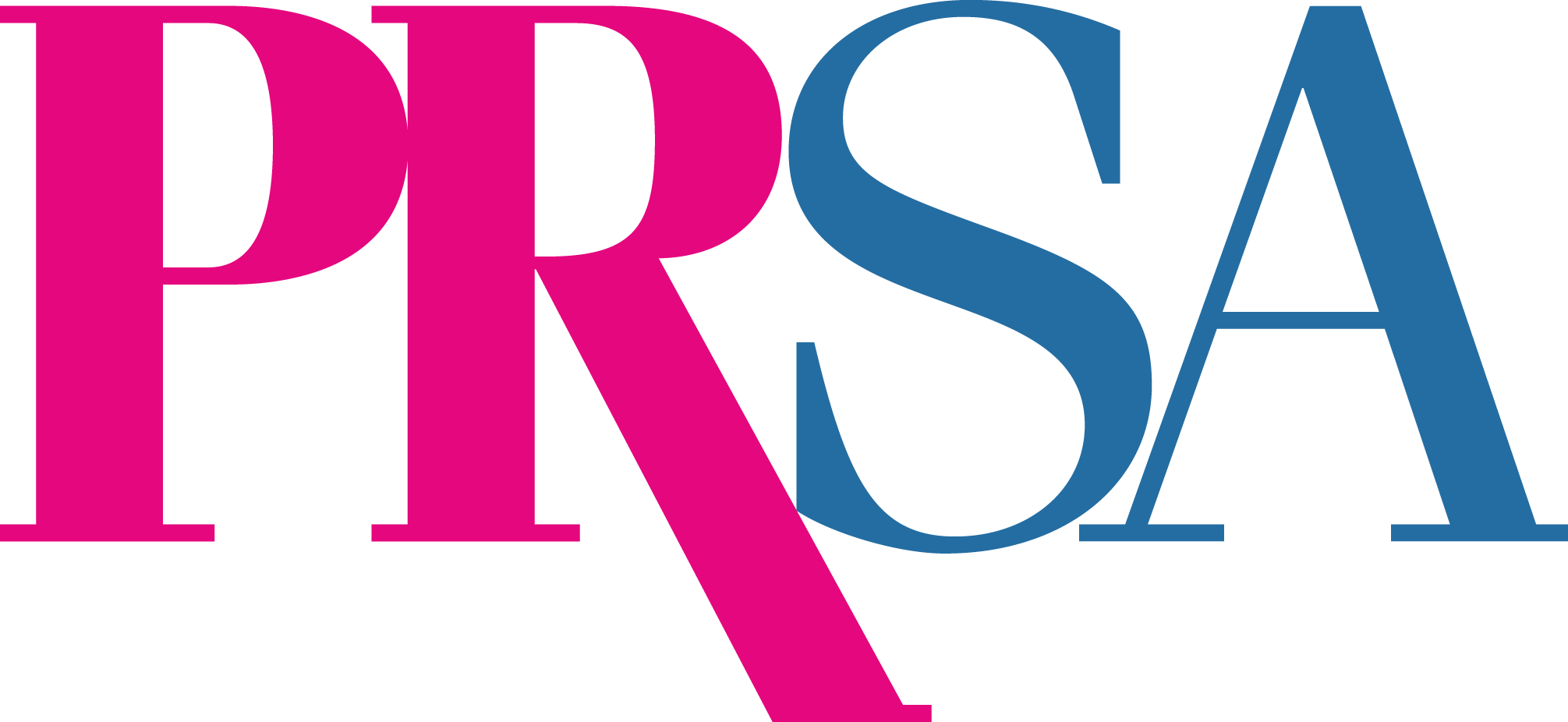Leveraging the High-Stakes Presentation
By Dr. Robert J. Petrausch
April 2021
As every PR executive knows, a high-stakes presentation can make or break a career. Maybe it’s a boardroom presentation, a big proposal to a client or an industry talk to important stakeholders. The importance of such presentations is especially pronounced in the age of speed, when messages must resonate at a faster pace than in the past.
Digital communications and Zoom video conferences are making us work more with video, audio and symbolic images. Face-to-face presentations, however, will remain the first-choice format for the foreseeable future, primarily because human connection is still the best way to relate to people and to express ideas to decision-makers.
For my new book, “Leveraging Your High-Stakes Presentation in the Age of Speed” (Petrausch, 2020), I created the LASER Blueprint Methodology, which PR executives can use to prepare, deliver and master high-stakes presentations. Its five-step process helps fast-track presentations with new tools and approaches that make sense for the digital age.
Persuade
Every high-stakes presentation must persuade crucial influencers to advance its proposals. To achieve this persuasive leverage, the PR executive making the presentation also needs a strong objective and a plan of action backed by research — including background that places that research into a broader context for the audience.
President John F. Kennedy used all three — a strong objective, a plan of action and research with context — to convince political and industry leaders, and the American people, to put a man on the moon. It all came together in his Sept. 12, 1962, speech at Rice University in Houston, Texas.
In just 157 words, Kennedy presented the audience with a strong objective and a plan of action by saying that before the end of the decade, the United States would put a man on the moon and bring him back to Earth safely. He said this in a city noted for space exploration, where crucial stakeholders and the media would spread the message across the country and around the world.
To make your presentation more persuasive, communicate to your audience with concise, vivid language that shows your commitment to the project. Doing so will give you credibility and authenticity and set the tone to win the audience’s hearts and minds.
Another way to persuade the audience is by capturing your ideas and visuals in a storyboard beforehand, as is done in movie production. A storyboard also provides the strong visual impact that audiences crave in the age of speed.
Adapt
Adapting to the audience and gaining insight into their needs are two of the best ways that PR executives can garner support for their high-stakes presentations. Doing so requires learning what the audience cares about — and most important, knowing their hidden agendas. What are their fears or recent setbacks that could be addressed in the presentation? What issues provoke strong emotions in them and could enhance (or derail) the talk?
Adapting to an audience means becoming their advocate by serving their interests and needs. Ideally, the audience will trust the PR executive to act on their behalf. To fortify that connection, however, the presenter must give the audience reasons and solutions.
Having empathy for the audience helps PR executives deliver resonant messages. High-stakes audiences will be interested in current events that affect them, so PR executives should stay abreast of those developments. Understanding a group’s disposition helps presenters adapt the right strategy.
Share
Sharing ideas and achieving buy-in are crucial for any high-stakes presentation. PR executives must establish a strong connection with their audience and move them closer to the consensus and commitment that will make the acceptance of big ideas or proposals possible.
Because people learn in different ways, the information shared must appeal to the eyes for visual learners, resonate with the ears for an auditory audience and provide hands-on activities for those with a kinesthetic mindset. Naturally, a high-stakes presentation that connects with all three of these learning styles will be more persuasive to a wide array of decision-makers.
When sharing ideas with an audience, PR executives should develop a relationship strategy to build trust, a tactical strategy that highlights evidence showing the proposal or ideas will work, and a communication strategy that keeps the presentation visible and interactive.
Educate
One of the most powerful ways to influence audiences at high-stakes presentations is to educate them with stories. Stories affect people in four ways. The first is physical. Executives tend to sit up and listen when a story relates to their bottom line or business prospects.
The second way that stories affect people is mental, as our brains respond to the speakers’ words. The third is emotional, activating trust, loyalty and hope.
The fourth way is through the human spirit, with stories that touch our hearts and even reach into our souls. Public relations executives are beginning to realize that when done well, storytelling boosts the value of high-stakes presentations, especially in important business settings.
Reveal
High-stakes presenters make a stronger impact when they reveal an innovative solution that surprises the audience. The novelty of the solution is important; it needs to stand out from those offered in standard presentations, which would not survive in a high-stakes presentation.
The novel ideas that PR executives offer in their presentations should help companies move forward on their paths to a brighter future and hold real promise for stakeholders. The best way to arrive at novel solutions, approaches and ideas is to tap into the creative mindset by using brainstorming tools, drawing on the diversity of talent in the organization, role-playing, and asking the right questions.



